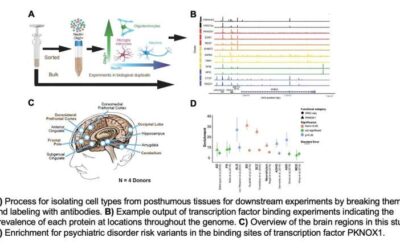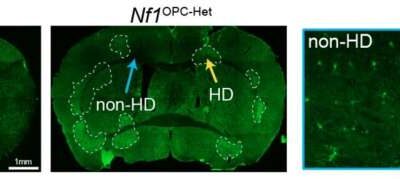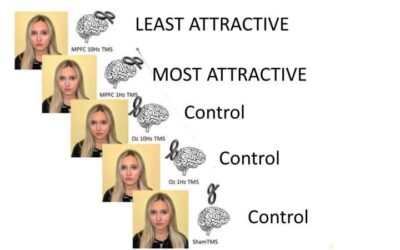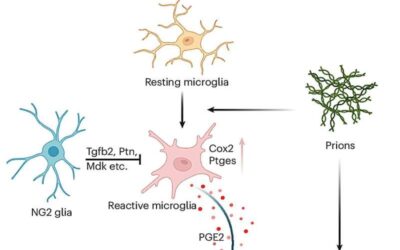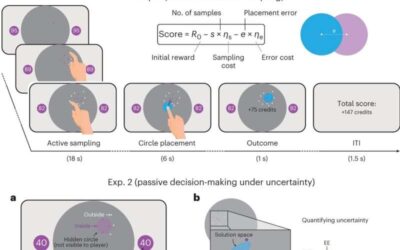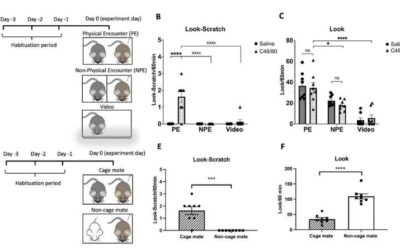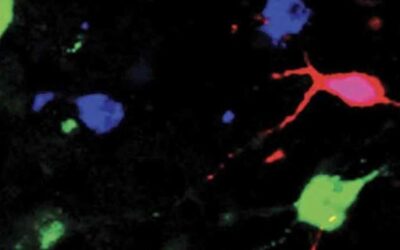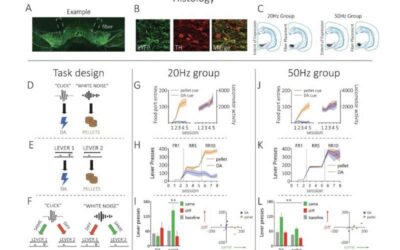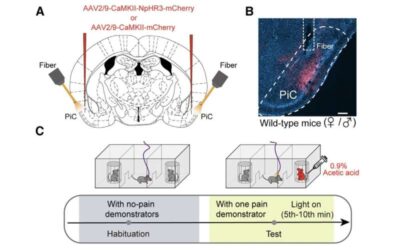Transcription factors (TFs) are proteins that bind to specific DNA sequences, regulating the transcription of genetic information from DNA to messenger RNA (mRNA). These proteins play a pivotal role in the regulation of gene expression, which in turn impacts a wide...
Neuroscience
Nf1 gene mutations disrupt brain cell plasticity and motor learning in mice
Neurogenetic disorders, such as neurofibromatosis type 1 (NF1), are diseases caused by a defect in one or more genes, which can sometimes result in cognitive and motor impairments. Better understanding the neural underpinning of these disorders and how they affect...
Stimulating the medial prefrontal cortex changes a person’s perceived attractiveness, study suggests
Humans typically perceive others and themselves as more or less physically attractive, yet the neural underpinnings of these attractiveness-related perceptions remain widely unexplored. While some past studies found that stimulating the brain, particularly the medial...
NG2 glia cells shown to protect against prion-induced neurotoxicity and neurodegeneration
Neurodegenerative diseases, including Alzheimer's disease (AD) and Parkinson's disease (PD) are highly debilitating medical conditions arising from a combination of genetic and environmental factors. Studies exploring the neural underpinnings of these diseases and how...
How the human hippocampus contributes to value-based decision-making under uncertainty
Value-based decision-making is the process through which humans choose between options associated with different costs or efforts, as well as rewards. These choices include, for instance, selecting different products at the grocery stores or making substantial...
Study finds social interactions and olfactory cues prompt contagious itch in mice
Humans and other mammals can sometimes experience itch, an uncomfortable sensation that prompts them to scratch specific parts of their bodies. Past studies on humans and other primates have found that itch can sometimes be contagious.
Study shows orexin neurons can track how fast blood glucose changes
The concentration of glucose in the blood of humans continuously changes in response to what they eat and the activities they engage in. While many studies have investigated changes in blood glucose, the role of different neurons in tracking and predicting these...
Study sheds new light on the contribution of dopamine to reinforcement learning
The neurotransmitter dopamine has often been linked to pleasure-seeking behaviors and making stimuli paired with rewards (e.g., food, drinks) valuable. Nonetheless, the processes through which this key chemical messenger contributes to learning have not yet been fully...
Male and female mice exhibit different empathic behaviors to others’ pain
Social interactions are multi-faceted experiences that entail understanding the emotional states of others and responding appropriately. Neuroscientists and psychologists have been studying social interactions for decades, in the hope of understanding their neural and...
Creativity and humor shown to promote well-being in older adults via similar mechanisms
Many people associate aging with a decline in cognitive function, health issues, and reduced activity. Uncovering mental processes that can boost the well-being of the older adults could be highly beneficial, as it could help to devise more effective activities aimed...

